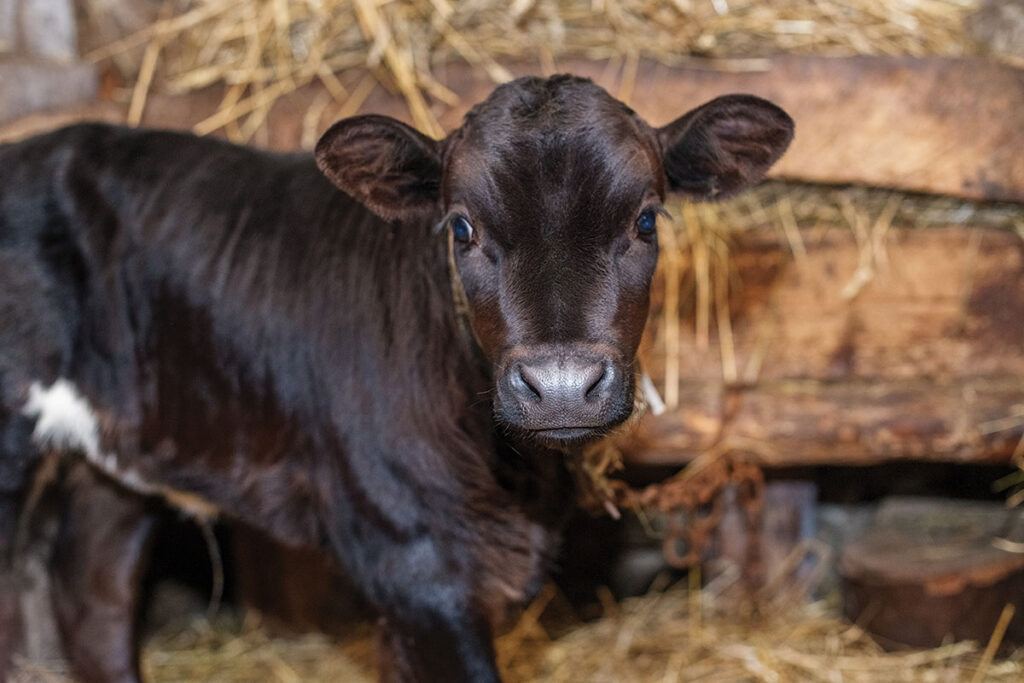
Management practices to keep in mind when feeding colostrum to calves
There are many ‘must-have’ supplies for every cattle operation. But when it comes to one of the most important products to keep on hand, it’s safe to say colostrum makes it close to the top of most cattle producers’ list. Whether it’s commercially made, fresh or frozen, colostrum is a staple for operations during calving season.
Stored Supply
How much colostrum cattle producers should store for an emergency depends on a variety of factors unique to each operation. However, a rule of thumb to keep in mind is a beef calf should receive approximately 2 quarts of high-quality colostrum soon after birth. Taking that information coupled with a producer’s past experiences, cattlemen and women can then determine how much they should store for their operations.
Types of Colostrum
A newborn calf can receive colostrum in several different forms. However, ideally the colostrum calves receive comes from their dam. Another option is for the producer to use colostrum collected from a donor cow on the same operation.
Producers will want to keep in mind that using colostrum from donor cows within their operation comes with some risk.
“Infectious disease, such as Johne’s, Bovine Leukosis Virus and others, can be passed along to the newborn calf through colostrum, so knowing the disease status of a donor cow is important,” Craig Payne, DVM, and extension veterinarian with the University of Missouri, said.
When purchasing a commercially made colostrum product check the immunoglobulin (IgG) amounts. The IgG from colostrum is what provides the calf protection against disease during its first few months of life.
Also take look on a commercially made product to determine if it is colostrum replacer or colostrum supplement. “Products labeled as replacers often contain a minimum of 100 grams of IgG and are intended to fully replace colostrum. On the other hand, supplements have about half IgG content when compared to replacers and are intended to be used as a supplement to maternal colostrum,” Dr. Payne added.
Frozen colostrum is also a viable option for producers to use in their operations when needed. However, it is important to know the source of the frozen colostrum.
Frozen Colostrum Handling
When it comes to thawing and feeding frozen colostrum, Dr. Payne provides some best practices to follow. First, to thaw the frozen colostrum, submerge it in a water bath maintained around 120 degrees. Thawing to a target temperature of 105 degrees should take approximately one hour with frozen colostrum.
Utilizing a microwave to thaw frozen colostrum is another option. However, when thawing frozen colostrum in a microwave uneven heating will occur. Producers will need to manage the uneven heating to the best of their ability. One recommendation includes setting the power to 50 to 60 percent power and then agitating/stirring the colostrum frequently. Regardless of thawing method, exceeding a colostrum temperature of 140 degrees will damage the IgG.
Colostrum Shelf Life
To determine the shelf life of commercially produced colostrum products check the label for information on an expiration date. The shelf life of frozen colostrum depends on how it is handled. “Frozen colostrum may be stored for up to a year as long as it is not subjected to repeated thawing and freezing cycles, which may occur with frost free freezers,” Dr. Payne stated.




